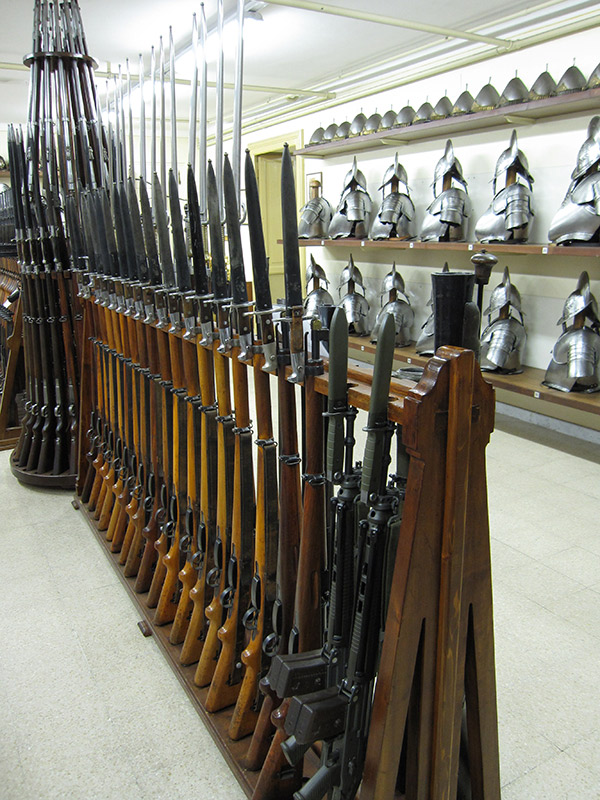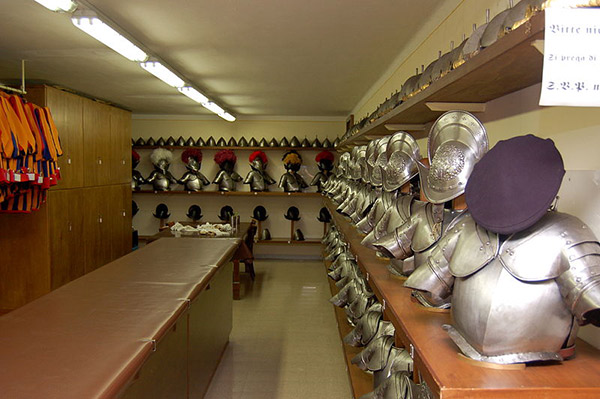I came across an old article that discusses five advantages of revolvers. The article wasn’t unfair but I felt as though the advantages being given to the revolver was mostly applicable, or similar, to semi-automatic pistols. So I decided to go through the list and replace revolver advantages with similar pistol advantages. Keep in mind that I’m not implying that pistols are superior to revolvers. Only you can determine what is the best type of gun for you. I couldn’t care less what you carried or preferred.
Pistols are Efficient
The nice thing about modern pistols, especially the popular polymer frame ones, is that their internals are very simple. Unlike revolvers, which have roughly a bajillion springs so they can pull the hammer back and rotate the cylinder when you pull the trigger, there really aren’t a lot of parts inside of a pistol. They usually consist of a trigger that activates a striker that sets off the chambered cartridges primer. The action usually operates on the recoil of a fired cartridge instead of internal mechanical mechanisms. Detail stripping a pistol is generally much easier than detail stripping a revolver thanks to the simplified internals.
Pistols are Reliable and Field Repairable
Revolvers are often held in high regard for their reliability. Since revolvers aren’t reliant on ammunition and proper grip they can ignore many malfunctions that can occur on pistols. But the number of malfunctions one will encounter on a modern pistol, assuming they are using proper ammunition and not limp wristing like a bitch, are very few. I can count the number of malfunctions that I’ve encountered with my Glocks on my fingers. Not only are malfunctions rare but they’re generally field addressable. While malfunctions on revolvers are rare they are mechanical devices, which means they will fail. The problem is when a revolve fails it’s usually out of commission until you can take it apart and address the mechanical failure. Malfunctions on pistols tend to be ammunition related and can be correct in the field with the proper clearance procedure.
Pistols Will Fit Anyone
Pistols come in all sizes. You can get large full-size pistols from Glock, Springfield Armory, Smith and Wesson, FN, Beretta and almost every other pistol manufacturer. You can also get midsize and compact pistols from these same manufacturers. Want a full-size competition pistol? No problem. Would you prefer a Glock 21, Smith and Wesson M&P, or a Springfield XD? Need something that will fit in your pocket? How about a Ruger LCP, Smith and Wesson Shield, or Beretta Nano? Whatever your need you can find a pistol that will fit it.
Pistols Use Magazines
One of the reason modern militaries and police departments largely choose pistols is because revolvers don’t hold much ammunition and take longer to reload than pistols. With a revolver you generally have five or six shots. When those have been expended you have to open the cylinder, eject the spent casings, and load new cartridges. Loading new cartridges can be done one at a time, with speed strips, or with speed loaders. Speed loaders are the fastest of the three but they are shaped similar to the revolver’s cylinder so they tend to be awkward to carry. Pistols on the other hand can carry a lot of ammunition. Many full-size 9mms, for example, hold 17 rounds in their magazines. If you also have a round chambered that’s three times the capacity of a revolver. When you do run out reloading pistols is as easy as pressing a button to drop the empty magazine, inserting a fresh magazine into the grip, and releasing the slide (assuming you fired the pistol to empty).
Pistol Triggers are Reasonably Weighted
My first handgun was a revolver so I grew up on a heavy trigger. But many people didn’t and find heavy triggers difficult to use accurately. Fortunately most pistols have lighter triggers. The popular polymer frame pistols often have five or so pound triggers. That means they’re light enough for most people to shoot accurately but heavy enough to avoid being negligently fired.

